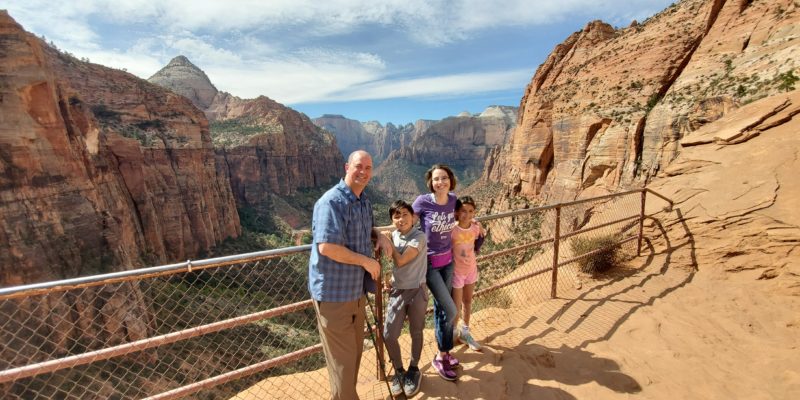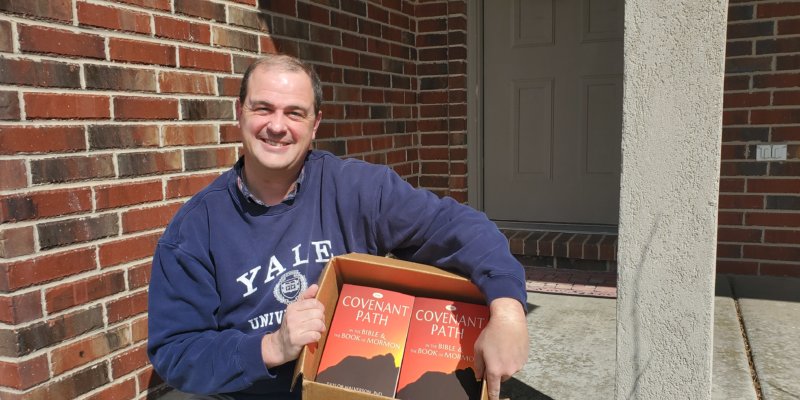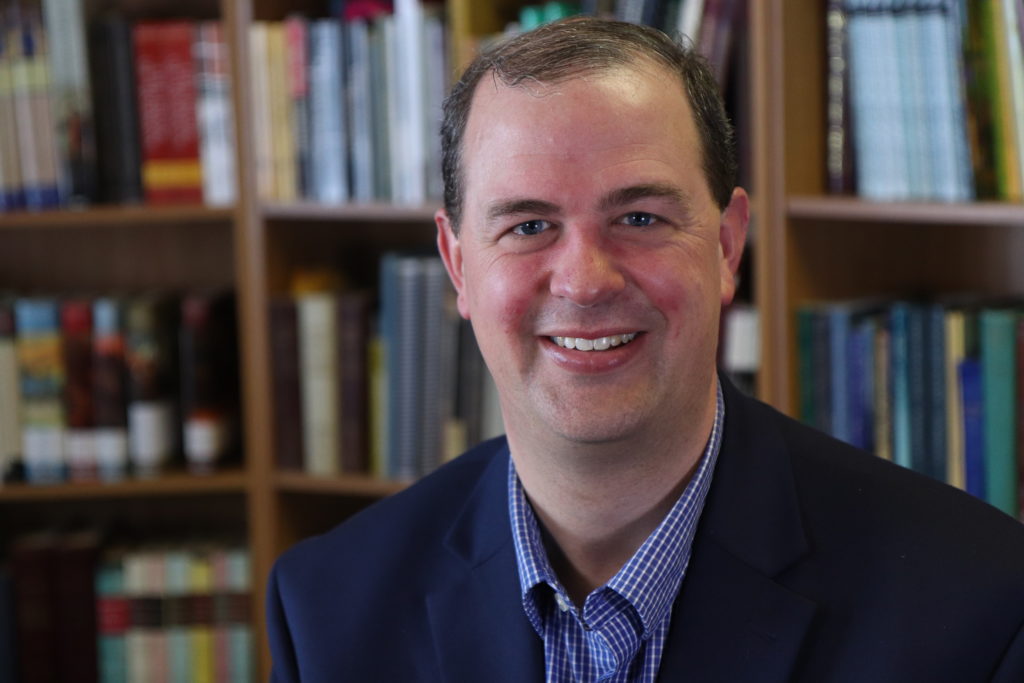Day 2 Religious Studies Qualifying Exam Instructions: Answer these questions in four hours without access to outside resources.
Memory
1. What is collective memory according to Halbwachs? What is religious collective memory and how is it different from other kinds of collective memory? Citing a specific case study from Halbwachs, explore how collective memory is constructed.
2. Does the Hebrew Bible record the collective memory of ancient Israel? Is the Bible memory? If so, is it collective memory or some other type? Why is this question difficult to answer?
3. What are the similarities and differences between modern Israeli and Palestinian collective memory? How have these two memories developed in light of or in response to one another?
Reception Theory
1. What is reception theory? Who are its major theorists? How do they construct what a text means for its readers?
2. How does Richard Davis apply reception history to the Indian cult statue (“Lives of Indian Images“)? What are the stages in that history?
3. How has Reception Theory been integrated into Biblical Studies? Has it merely been applied to how the Bible has been read, or can it illumine the Bible’s compositional history in any way?
4. How does reception theory relate to canon criticism? Where do they converge in their approach and where do they differ?
Additional Questions
1. Describe the debate between Sahlins and Obeysekere. Why is Obeysekere critical of Sahlins? How does Obeysekere understand the relation between myth and reality, structure and history? Where do you fall in the debate, and what implications are there for biblical studies?
2. Describe the goals and methods of Psychohistory. What are its limitations and failings? Do you believe it is possible for a historian to retrieve a memory that has been suppressed, or an experience registered unconsciously? Illustrate your answer with case studies.
3. What is emplotment? Focusing on the origins of ancient Israel, describe how different historians have emplotted Israel’s settlement in the land. In what ways does the evidence resist or elude the various plotlines imposed upon it?





